You’ve got a website chock full of submission fields, links, buttons, and informative pages – now how do you know what people are doing on your site, and what channels led them there in the first place?
If you are familiar with Javascript, you could write code to track every event that occurred on your site.
But if we had to guess, you’re looking for a sophisticated solution that doesn’t require you to be a coder. As usual, Google has an answer for that.
Introduced in 2012, Google Tag Manager (GTM) is a powerful application that allows you to place Google and third-party tags on your site to track a visitor’s actions; attribute these actions to referral platforms; dynamically alter text and images; and so much more.
What Events Can I Track?
Google Tag Manager’s conversion tracking capabilities are endless, but even a novice will get a lot of value out of setting up tags. Some more common events for small businesses to look into include:
- How long a lead form takes to fill out
- What ads lead to a purchase
- How many site visitors came from social media
- How far into a blog do users tend to read
Of course, specialized events will require more in-depth knowledge of the GTM platform.
How Do I Track These Events?
While installing the GTM tracking code – and more complex custom tags – will require the assistance of your web developer, once installed, a non-developer can certainly learn how to set up tags.
Of course, Google Tag Manager can have a bit of a learning curve to it – and this is not a guide to using the platform anyway. Instead, we’d simply like you to understand the basics of the platform so you can better understand how it will help your business.
The Components of a Tracking Tag
At the basic level, Google Tag Manager works with the following concepts:
Containers
A container’s function is in the name. It contains all the tags, triggers, variables and everything else that makes your tags fire. Typically, a container will have a one-to-one association with a website or business.
Containers are also the source of your GTM code – once created, GTM will supply you with a container code that your developer will need to install on every page of your site. If your site was built using WordPress and you know your way around the platform, you can also download a plugin to install the code for you.
Tags
The namesake of the platform, tags are snippets of code used by platforms to integrate with sites and apps. For example, Google Analytics uses tags to track the characteristics and behaviors of your users. Call tracking uses custom tags to dynamically switch your primary phone number to our tracking numbers. And Advertising platforms use tags to show conversions.
When you create a tag, you’re essentially able to alter aspects of your website functionality without having to edit the Javascript code yourself. These tags require triggers, variables and data layers to work.
Triggers
A trigger can be thought of as the event or action that causes your tag to fire. The most common triggers include Page Views, Clicks, and Form Submissions.
Page View triggers allow you to track when a user navigates to a specific page. They are useful for knowing if users are navigating to a new page you’ve just put up on your site, and for following the journey a user took to get there. Page View triggers are also used to embed codes that are meant to activate on your entire site.
Clicks are self-explanatory – and if a primary action you would like to track is a specific button, you will use the buttons variables to set this trigger to fire. On the other hand, if you would prefer people click a link to your phone number or address, this trigger will work as well.
Form Submission triggers are a little trickier, and fire when users fill out preferred contact or lead forms. They are a little more complicated due to the varying nature of how lead forms are implemented on sites.
Other triggers can include Scroll Depth, Errors, and Timer triggers. If you’re interested in testing new aspects of your site such as seeing how far into an article an individual will read or how long it takes to fill out a new lead form, you can experiment with these triggers.
Variables
Variables are the programming events that occur to actually fire your trigger or collect data for your tag.
For firing your trigger, variables inform when the trigger should fire its tag; for a Page View trigger, for instance, the variable will be a ‘Page URL’ that includes your page’s specific URL. Or for a link click, the variable will be a ‘Click Text’ that includes your link’s specific test.
For tags, a variable defines the exact data your tag should collect. This can be useful for tracking user demographics or transactional tendencies.
Google Tag Manager provides a host of built-in variables that should cover everything you need for proper implementation. More seasoned users can also create user-defined variables.
Data Layers
Finally, data layers are the signals that define variables for Tag Manager. They associate parameters (such as ‘productID’ or ‘productTitle’) with variables (such as ‘5678’ or ‘great product #1’). When you install the GTM JavaScript Snippet to your site, its data layer is automatically created for built-in variables.
Knowledge of data layers is also important for creating user-defined variables.
Let Lead Origin Manage Your Tags & More
If all of this information is going over your head, don’t worry – platforms like Google Analytics and Google Tag Manager can be complicated to understand. Fortunately for us, Lead Origin has a dedicated analytics team to optimize our clients’ event tags.
If you’re interested in hearing how Lead Origin can move your business into the digital age, give us a call at (877) 600-0435.

